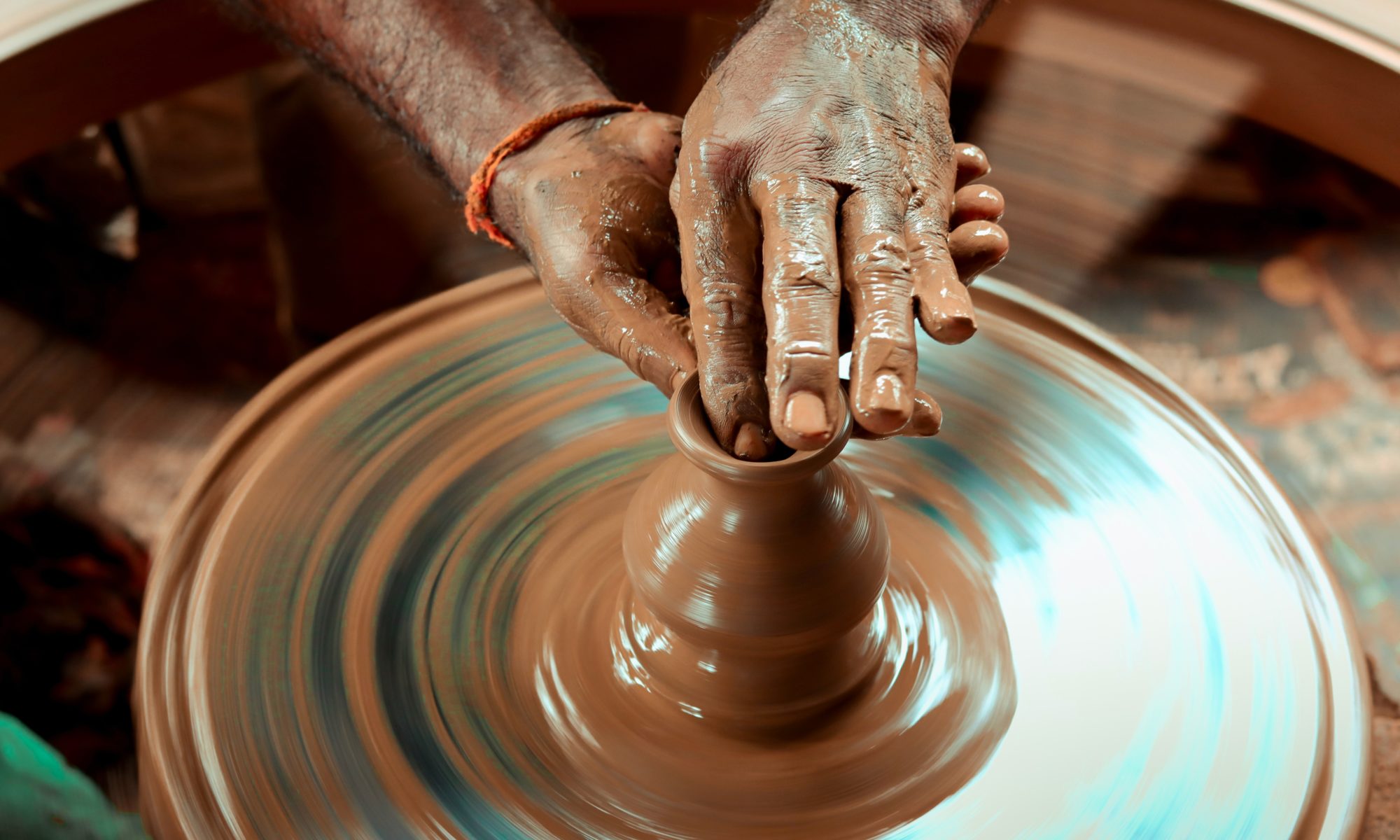Reviving Traditional Crafts through Contemporary Design
Traditional crafts, deeply rooted in cultural identity, have long been a testament to human creativity and craftsmanship. These time-honored techniques, often passed down through generations, carry a legacy of skill, artistry, and cultural narratives. However, globalization and industrialization have placed many traditional crafts at risk, pushing them to the fringes of modern consumer culture.
Contemporary design, with its forward-thinking approach, now plays a pivotal role in breathing new life into these endangered crafts. By integrating modern aesthetics, technology, and sustainable business models, designers are not only preserving craftsmanship but also making it relevant in today’s market. This renaissance fosters a dynamic fusion between old and new, ensuring that traditional crafts continue to thrive.
Merging Tradition with Contemporary Aesthetics
Reinterpreting Cultural Identity
Traditional crafts are often bound to cultural narratives, regional aesthetics, and historical influences. Contemporary designers are reinterpreting these elements, transforming traditional motifs into modern, globally appealing designs.
This process involves:
- Minimalist adaptations – Traditional patterns and motifs are refined into sleek, modern designs while retaining their original essence.
- Hybrid craftsmanship – Combining techniques from different cultures to create unique, transcultural aesthetics.
- Contextual modernization – Integrating traditional craft elements into urban and industrial design.
For example, Japanese Kintsugi, the art of repairing broken pottery with gold, has been adapted into contemporary ceramics, symbolizing resilience and imperfection as beauty. Similarly, indigenous textile patterns are being reimagined in high fashion, bringing a fresh, marketable appeal while honoring their roots.
Material Innovation and Sustainability
One of the most effective ways to revive traditional crafts is by incorporating modern, sustainable materials.
Artisans and designers are increasingly exploring:
- Recycled and upcycled materials – Traditional weaving techniques are being applied to eco-friendly fibers such as hemp, banana silk, and organic cotton.
- Bio-based alternatives – Leather tanning is being replaced by mushroom or plant-based leather, keeping traditional craftsmanship alive with environmentally responsible practices.
- Smart textiles – Embedded with nanotechnology or responsive fibers, these textiles blend tradition with the future of functional fashion.
These material innovations not only preserve traditional crafts but also align them with the global movement toward sustainability, making them more appealing to conscious consumers.
Empowering Artisans through Modern Business Models
Digital Marketplaces and E-Commerce
The internet has transformed the way artisans reach consumers, eliminating the dependency on physical retail.
Through platforms like Etsy, Amazon Handmade, and bespoke online boutiques, craftsmen can now:
- Sell their products globally without intermediaries.
- Engage directly with consumers, personalizing their offerings.
- Scale their businesses through digital marketing and social media.
Moreover, blockchain technology is emerging as a powerful tool for artisans, ensuring authenticity and fair compensation through decentralized marketplaces. Smart contracts allow artisans to receive direct royalties for their work, preventing exploitation by middlemen.
Collaborations with Contemporary Designers
Strategic partnerships between artisans and contemporary designers are proving to be a game-changer in revitalizing traditional crafts. These collaborations:
- Introduce artisans to modern design principles, enhancing the marketability of their work.
- Facilitate knowledge exchange, allowing designers to incorporate authentic craftsmanship into their creations.
- Elevate artisanal work by integrating it into luxury and mainstream markets.
For instance, high-end fashion brands such as Dior and Hermès have collaborated with indigenous artisans to produce exclusive collections that celebrate heritage craftsmanship while maintaining high commercial appeal.
The Future of Traditional Crafts in a Modernized World
Education and Cultural Preservation
To ensure the longevity of traditional crafts, education plays a critical role. Governments, NGOs, and private institutions are investing in:
- Skill preservation programs – Workshops and apprenticeships help younger generations learn traditional techniques.
- Design education initiatives – Merging craft training with modern design thinking to keep artisans competitive.
- Academic research and documentation – Preserving the history and methodologies of craftsmanship for future generations.
By fostering knowledge transfer, these initiatives help traditional crafts evolve while remaining anchored in their cultural origins.
The Role of Artificial Intelligence and Automation
While automation is often seen as a threat to handmade craftsmanship, AI-driven design tools and robotics are being leveraged to complement, rather than replace, artisans. These innovations include:
- AI-assisted pattern design – Helping artisans refine and scale their designs efficiently.
- 3D printing of craft-inspired pieces – Allowing for precise replications while retaining traditional aesthetics.
- Augmented reality (AR) craft experiences – Enabling consumers to interact with and customize handcrafted pieces before purchase.
By embracing technological advancements, traditional crafts can be redefined for a new era without losing their authenticity.
Conclusion
The revival of traditional crafts through contemporary design is more than a nostalgic return to the past it is a forward-thinking movement that aligns heritage with innovation. By merging cultural authenticity with modern aesthetics, sustainable materials, and digital business models, artisans and designers are ensuring that traditional craftsmanship remains relevant in an increasingly globalized world.
This renaissance not only preserves invaluable skills but also fosters economic empowerment, sustainability, and cultural appreciation. As consumers become more mindful of the origins of their purchases, the demand for handcrafted, ethically produced goods continues to rise. Traditional crafts, once at risk of fading into obscurity, now have the potential to thrive in ways never before imagined.
References
- UNESCO – The Role of Traditional Crafts in Cultural Heritage
- World Crafts Council – Preserving Traditional Artistry
- Reviving Weaving Traditions in Latin America
















![[LIVE] Engage2Earn: Shayne is helping koalas!](https://cdn.bulbapp.io/frontend/images/08e2e573-f490-4ef4-93b6-f2285814da59/1)







































